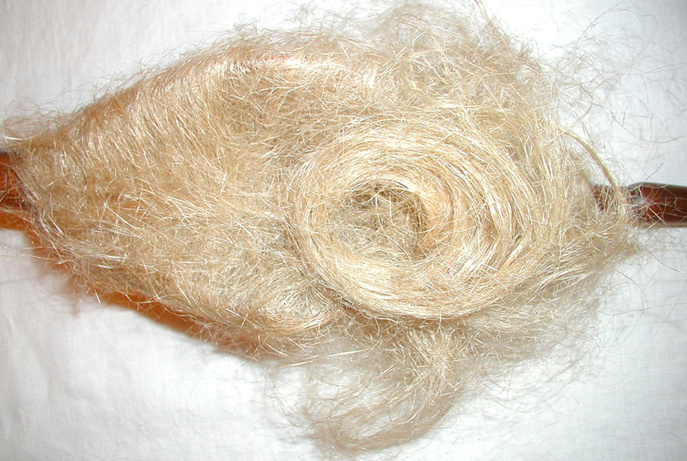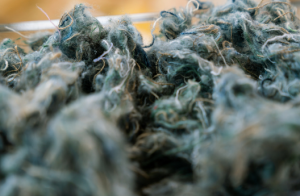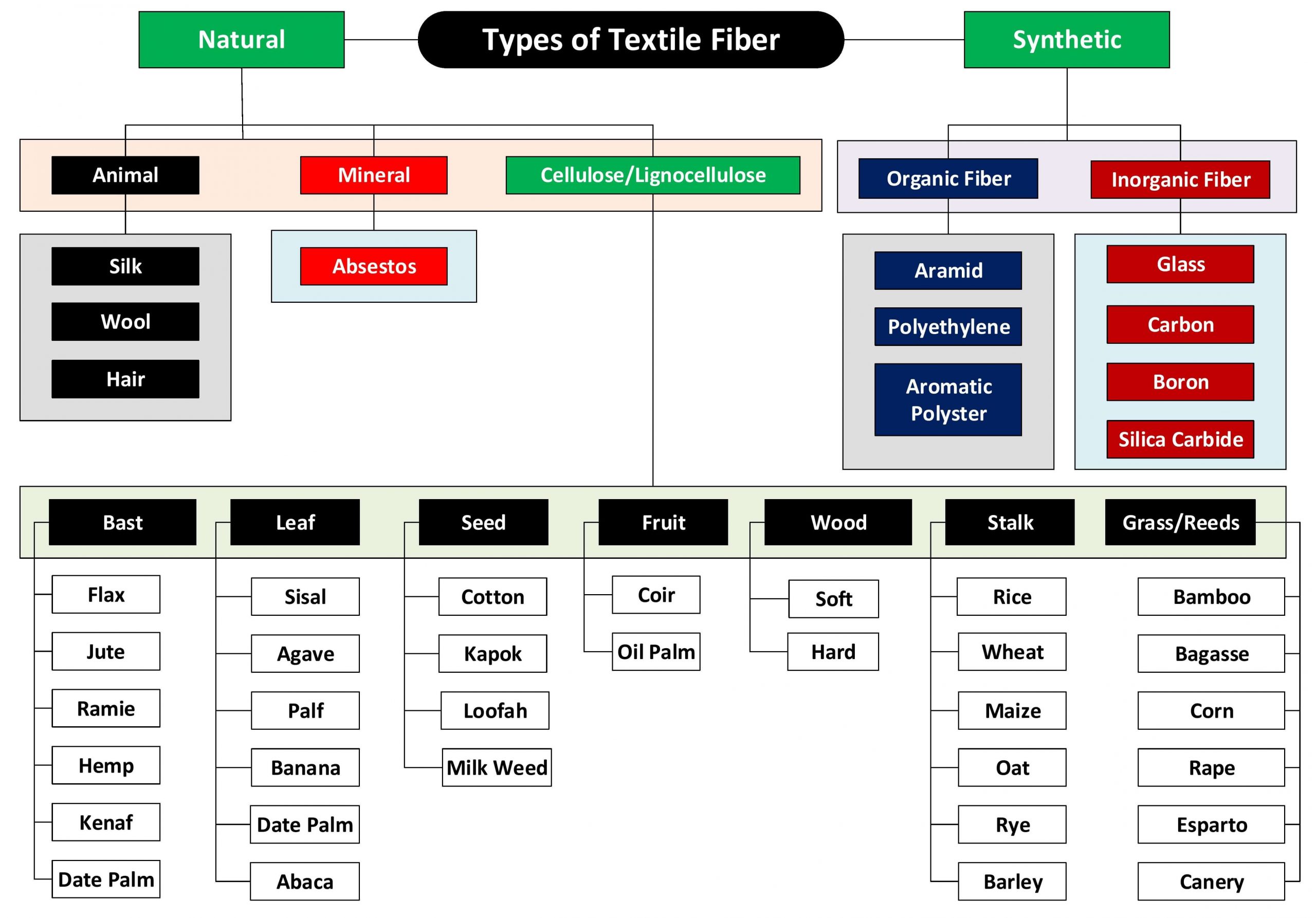What is the Classification of textile fiber?
Textile fiber is anything that is that raw material of yarn. To be useful in textile fiber must have some properties such as strength, length, elasticity, absorbency. In this article, we will have a discussion on the Classification of Textile Fiber.
Fiber can be collected or created from different natural sources such as animal hair, insect cocoons as with silkworm and as well as semi-synthetic methods. The textile industry required several types of fiber according to its objectives. Various types of fiber found around the world collected from diversified sources such as byssus fiber, chiengora, qiviut, yak, rabbit, wool, lambswool, cashmere wool, mohair wool, camel hair, angora wool, lima wool, silk, coir, cotton, jute, bamboo, hemp, modal, sisal, ramie, lurex, acrylic, etc.

Classification of Textile Fiber
There are generally two types of textile fiber
- Natural fiber
- Synthetic/Manmade fiber
Natural fiber
Natural fiber is the type of fiber which are produced naturally. Those produced from plants, animals, and geological origin.
Natural fiber can be classified according to their origin as follows
Classification of Fiber According to the Vegetable Origin
- Cotton
- Jute
- Linen/Flex
- Hemp
- Ramie
- Sisal
- Coir
- Pine
Classification of Fiber According to Animal Origin
- Wool
- Silk
- Hair
Classification of Fiber According to Mineral Origin
- Asbestos
Synthetic/Manmade Fiber
Synthetic fibers are produced by the polymerization of various monomers. It is made by the man, for this reason, it is so-called.
Classification of Manmade Fiber
Cellulosic
- Rayon
- Acetate
- Triacetate
Non-cellulosic
- Nylon
- Aramide
- Polyester
- Acrylic
- Modacrylic
- Spandex
- Olefin
- Vinyon
Protein
- Azlon
Rubber
- Rubber
Metallic
- Metal
Mineral
- Glass, Ceramic, Graphite



